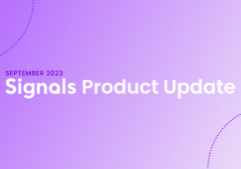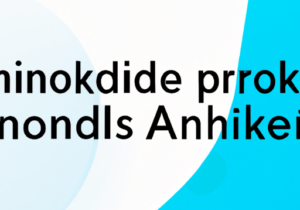In a recent podcast, with host Billy Bateman, he discusses with Matt Wolach, a B2B sales coach at Xsellus, how to increase the demo close rate by improving the structure, content, and delivery of demos.
Generally, a lot of time, effort, and money is put into marketing products so that leads come flooding in. Obtaining those leads is vital, but converting them is where you see it all pay off. And that’s where the sales team comes into play. Even if the marketing strategies are set up perfectly, you can’t forget about sales!
Purpose of Demos
Many argue that the number one influence on buying is the demo, so there’s a lot riding on it. You need to learn to make it good! The purpose of a demo is not just to show someone what the product looks like or what it does. You want them to leave feeling like they need what you have to offer.
Here are 4 simple steps to structure your demos to be more effective:
1. Identify Their Pain Points
Take the time to learn about your buyer. Find out what their goals are and what they hope to achieve.
A common mistake is to talk too much about yourself and your company and what you have to offer. What you really need to do is identify their pain points. That way, you can see right off the bat if there even is a need for your product and if it’s the right fit for them.
A lot of the time, there’s a pain point and they didn’t know it! Maybe there is some tedious job that they didn’t even know could be taken care of by your product. Really work toward finding out how your product can benefit them.
2. Amplify Their Pain Points
Now, I know this may sound crazy, but hear me out. Once you’ve identified a pain point, you need to make sure they really understand the gravity of that pain. Make them feel like that is the worst thing in the world so they feel a sense of urgency to find a solution.
Ask them questions such as the following:
- What has that cost you?
- What has that pain meant for your company as a whole?
- Are there any other projects you have not been able to do because of that?
- How much money do you think you’ve lost?
When they understand how horrible that pain is and how much it’s been affecting them, that’s when you step in with your demo.
3. Demo
The demo is meant to show them that your product will alleviate their pain. If the presentation is chaotic and unorganized, they will leave feeling confused. If it’s too boring, they will leave disengaged and uninterested. There must be a good structure so the prospect gets informed without being overwhelmed. A common mistake is to get too excited and start throwing information in their face at a million miles per hour. You need to capture their attention and maintain their interest throughout the whole demo of your product, not just spew as many cool facts out as you can think of.
No one wants to be sold to, so you should aim for seeming less like a salesman and more like a consultant. And make sure you are tailoring the demo to the perspective client and their specific needs.
Here’s a general outline to follow:
- Discovery: 10-15 minutes
- Talk about the industry: 3-5 minutes
- Demo: 15-20 minutes
- Questions: 5 minutes
Remember, it’s about figuring out what the prospect is looking for and showing them how your product will meet their needs and alleviate their struggles. And once you’ve mastered the structure, content, and delivery of your demos, your demo close rate will skyrocket! Guaranteed!
Let us know what you’ve done to increase your demo close rate. Chat with us on our website or message us on LinkedIn!
READ MORE
Start seeing your Buyers' signals
Signals is helping companies automate, grow, and close sales pipeline with industry-leading predictive intent scoring, lead generation, and real-time engagement.




















